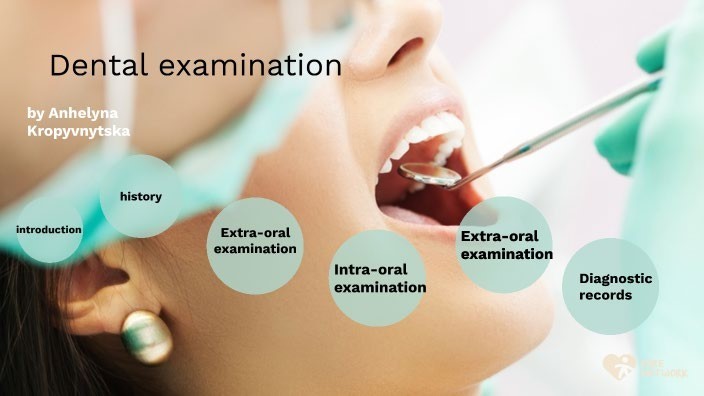A nurse is providing teaching about health promotion guidelines to a group of young adult male clients. Which of the following guidelines should the nurse include?
"Have a dental examination every 6 months."
"Have a testicular examination every 2 years."
"Obtain a tetanus booster every 5 years."
"Obtain a herpes zoster immunization by age 50."
The Correct Answer is A
When providing teaching about health promotion guidelines to a group of young adult male clients, the nurse should include the recommendation to have a dental examination every 6 months. Regular dental examinations can help prevent dental problems and maintain good oral health.
b) A testicular examination is recommended annually, not every 2 years.
c) A tetanus booster is recommended every 10 years, not every 5 years.
d) A herpes zoster immunization is recommended for adults age 60 and older, not age 50.

Nursing Test Bank
Naxlex Comprehensive Predictor Exams
Related Questions
Correct Answer is B
Explanation
Parenteral nutrition (PN) with high concentrations of dextrose, such as 20%, requires a central venous line for administration to prevent damage to peripheral veins. Therefore, preparing the client for a central venous line is an appropriate action to include in the plan of care.
a. The PN infusion bag should be changed every 24 hours to reduce the risk of infection.
d. Blood glucose levels should be monitored regularly, but not necessarily daily, as PN can affect blood glucose levels.
c. PN and fat emulsions can be administered together in a single infusion.

Correct Answer is D, B, A, C
Explanation
When caring for a client who is nauseated and unable to eat after taking an antibiotic, the nurse should first identify possible nursing interventions that address the client's nausea. The nurse should then review the potential benefits and consequences of each intervention. The nurse should determine the probability of intervention-related complications. Finally, the nurse should select an intervention that provides the greatest benefit and least risk to the client.
Whether you are a student looking to ace your exams or a practicing nurse seeking to enhance your expertise , our nursing education contents will empower you with the confidence and competence to make a difference in the lives of patients and become a respected leader in the healthcare field.
Visit Naxlex, invest in your future and unlock endless possibilities with our unparalleled nursing education contents today
Report Wrong Answer on the Current Question
Do you disagree with the answer? If yes, what is your expected answer? Explain.
Kindly be descriptive with the issue you are facing.
